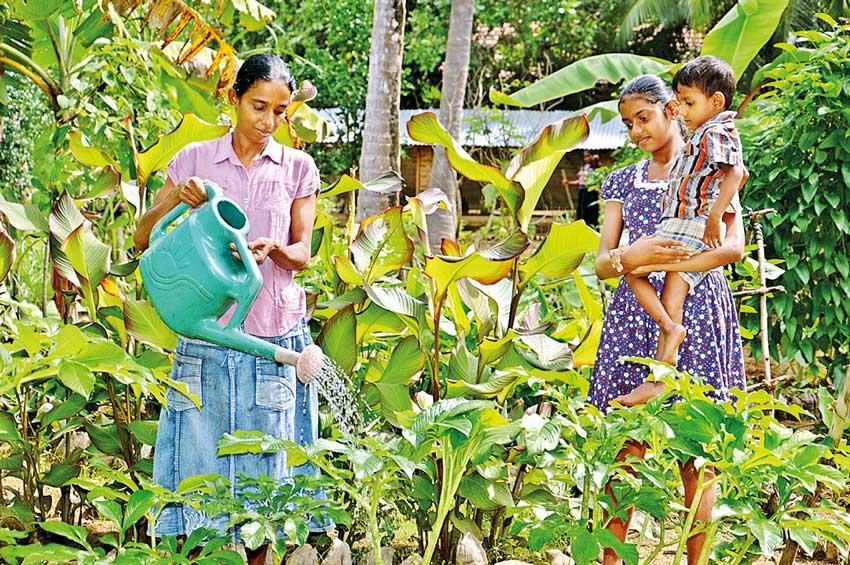21 Oct 2020 - {{hitsCtrl.values.hits}}

Sri Lanka added more workers to the agriculture sector during April-June 2020 (2Q) period amid the urgent need to ensure food security and to bring in much foreign exchange as possible to the economy beset by the pandemic. According to Census and Statistics Department data, 32, 397 new jobs were added to the broader agricultural sector, which includes forestry and fishery, during 2Q, taking the total employed in the sector to 2,159,609 or 27.1 percent of the total employed persons in Sri Lanka. With job gains in 2Q, the total employed in the agriculture sector has increased by 168,717 persons from a year ago, at which time the total employed in the sector was about 1,990,892 persons with a 24.2 percent share of the total employed.
This helped partially offset the job losses in other two sectors of the economy—industrial and services—during 2Q bringing down the total jobless rate in the country to 5.4 percent by end-June from 5.7 percent end-March.
The industrial sector lost 27,286 jobs while the services sector lost 48,558 jobs
in 2Q. The job gains in the agriculture sector could be attributed to the strong government patronage extended towards it by way of subsidies, financial assistance, knowledge transfers, market
linkages and guaranteed prices.
These measures were deployed swiftly with the dual aim of strengthening the rural economy while building a robust food base within the country as well to earn higher foreign exchange income from exporting the excess
agricultural produce.
Meanwhile, the Purchasing Managers’ Index (PMI) data for August and September showed the employment sub-index under manufacturing expanding with robust capacity utilisation while the employment under services reaching near 50-point threshold in September, indicating jobs recovery in the sector, after declining
for seven months.
Sri Lanka added jobs at a faster rate from April through June as the total unemployed population declined to 458,359 persons by end-June from 483,172 by end-March.
But unemployment remained elevated from the December 2019 levels when there were 411,318 persons without jobs with a
jobless rate of 4.8 percent.
A jobless rate of 4.0 percent or below it is typically considered as peak employment or near full employment in an economy.
Sri Lanka’s total employed population remains still below the levels seen end of last year.
The total employed persons in all three sectors of the economy was 7,977,000 by end-June 2020, compared to 8,181, 442 at the beginning of the year and 8,203,018 a year ago.
The phenomenon where the employed persons in the agriculture sector is increasing while the total employed population in the economy is shrinking puts the onus on the government to generate more incomes out of the agriculture sector, which has so far contributed less than 10 percent to the entire economic output, to avoid widespread economic disparities and poverty. If left unaddressed, this segment could become the government’s biggest liability in economic and social terms, economists say.
19 Nov 2024 38 minute ago
18 Nov 2024 8 hours ago
18 Nov 2024 9 hours ago
18 Nov 2024 9 hours ago
18 Nov 2024 18 Nov 2024